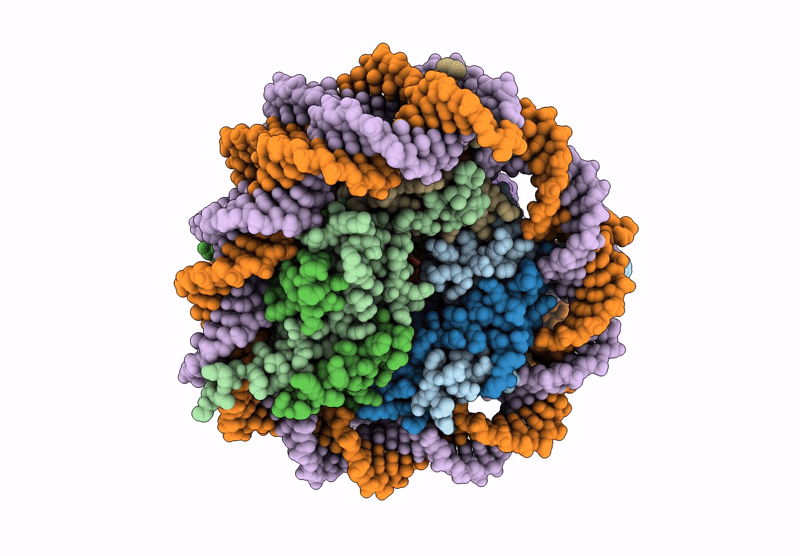
Deposition Date
2020-05-25
Release Date
2020-09-16
Last Version Date
2025-05-28
Entry Detail
PDB ID:
6X59
Keywords:
Title:
The mouse cGAS catalytic domain binding to human assembled nucleosome
Biological Source:
Source Organism:
Homo sapiens (Taxon ID: 9606)
Mus musculus (Taxon ID: 10090)
Mus musculus (Taxon ID: 10090)
Host Organism:
Method Details:
Experimental Method:
Resolution:
2.98 Å
Aggregation State:
PARTICLE
Reconstruction Method:
SINGLE PARTICLE


